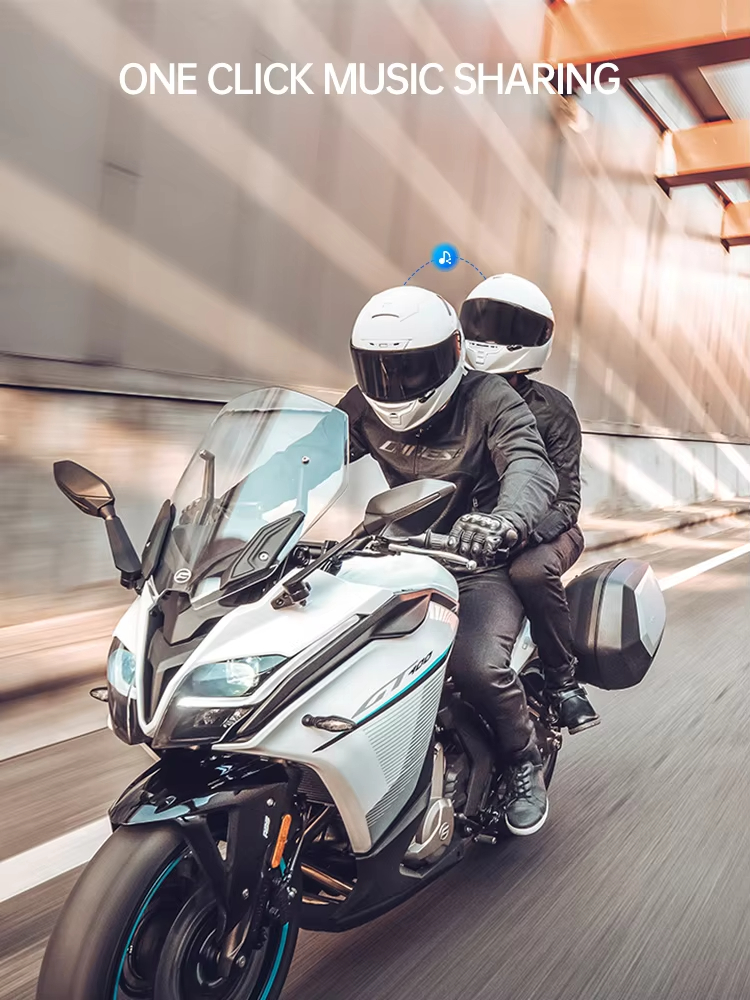Sports Bluetooth Headphone Matching Tips + Compatible Auxiliary Equipment List: Precisely Match Scenarios for a 1+1>2 Experience

Sports Bluetooth Headphone Matching Tips + Compatible Auxiliary Equipment List: Precisely Match Scenarios for a 1+1>2 Experience
The core value of sports Bluetooth headphones lies in “stable adaptation to sports scenarios” and “efficient linkage with auxiliary equipment” — choosing the right matching method solves pain points like falling off, insufficient battery life, and single functionality, while pairing with suitable auxiliary equipment further enhances safety and practicality. Below are targeted matching logic, scenario-specific tips, and a ready-to-use auxiliary equipment list covering mainstream sports scenarios, ensuring precise equipment adaptation.
I. Core Matching Tips: First Solve “Adaptation Pain Points”, Then Upgrade “User Experience”
1. Choose “Wearing Style + Functions” Based on Sports Type
– Running/Skipping Rope (High-Frequency Vibration Scenarios): Prioritize ear-hook or behind-the-neck sports headphones, paired with “anti-slip ear tips + ear wing accessories” (silicone material is preferred) to enhance ear canal fit and prevent “falling off during intense movement”; enable “sports mode” (supported by some models) to optimize connection stability and reduce disconnections caused by vibration.
– Cycling/Outdoor Hiking (Scenarios Requiring Environmental Sound Awareness): Select open-ear or bone conduction sports headphones, paired with “transparency mode locking” (set shortcut keys in the APP) to capture traffic flow and teammates’ calls without frequent switching; for cycling, choose “helmet-compatible models” (short-stem or stemless design) to avoid squeezing between headphones and helmets.
– Gym/Weightlifting (Sweaty + Equipment Operation Scenarios): Choose headphones with IPX6 or higher water resistance, paired with “sweat-absorbing headbands” (wrapping the edge of the auricle) to prevent sweat from flowing into the ear canal and affecting the headphones; pair with “wireless charging bases” for convenient recharging after workouts, avoiding plugging/unplugging charging cables with sweaty hands.
– Swimming/Water Sports (Underwater Scenarios): Select IPX8 waterproof bone conduction or in-ear swimming headphones, paired with “underwater audio enhancement accessories” (exclusive to some brands) to improve underwater sound quality; pair with “waterproof storage cases” for post-competition storage to avoid moisture damage.
2. Choose “Coding + Linkage” Based on Device Ecosystem
– Apple Users: Choose sports headphones supporting AAC coding, paired with “Apple Watch” to play local music independently (no need to carry a phone); when “workout mode” is enabled, the headphones synchronously broadcast data such as heart rate and pace.
– Android Users: Prioritize models supporting aptX Adaptive coding, paired with “Android smartwatches” (e.g., Huawei, Xiaomi) for seamless switching between music and calls; pair with “sports APPs” (e.g., Keep) to receive voice broadcasts of training instructions via the headphones.
– Multi-Device Users: Choose headphones supporting “simultaneous dual-device connection”, paired with “Bluetooth adapters” (specialized for computers/treadmills) to play fitness courses on the computer and receive calls on the phone during workouts without manual connection switching.
3. Choose “Functions + Auxiliaries” Based on Core Needs
– Pursuing Long Battery Life: Select headphones with single-charge battery life ≥10 hours, paired with “magnetic fast-charging cables” (to shorten charging time); for long outdoor sports, additionally pair with “mini power banks (10,000mAh)” for on-the-go recharging.
– Valuing Clear Calls: Choose headphones with dual microphones + AI noise cancellation, paired with “windproof microphone covers” (specialized for outdoor cycling) to filter wind noise; during indoor fitness, pair with “headphone microphone positioning stickers” to ensure the microphone is close to the mouth and improve call pickup.
– Needing Safety Warnings: For night running, choose headphones with “LED warning lights”, paired with “reflective armbands” to enhance visibility; during outdoor hiking, enable the headphones’ “offline intercom” function and pair with “Bluetooth intercom accessories” for short-distance communication without signals.
II. Compatible Auxiliary Equipment List (Categorized by Scenarios, Ready-to-Use)
1. Wearing Stability (Solving Falling Off and Squeezing Pain Points)
– Universal: Silicone anti-slip ear wings (S/M/L sizes for different ear canals), ear hook auxiliary sleeves (specialized for semi-in-ear headphones to enhance fit), headband-style fixators (suitable for users with long hair to avoid headphone tangling).
– Scenario-Specific: Headphone brackets for cycling helmets (to avoid conflicts between headphones and helmets), waterproof earplugs for swimming (paired with in-ear swimming headphones to prevent water ingress).
2. Protection and Maintenance (Extending Service Life)
– Universal: Waterproof storage cases (IPX4 or higher, moisture and dust proof), headphone cleaning kits (soft brushes + cleaning agents to remove earwax and sweat residue), silicone protective covers (wrapping the headphone body to prevent drops and scratches).
– Scenario-Specific: Outdoor sun protection headphone bags (with reflective strips, sun and loss proof), sweat-absorbing ear covers for fitness (wrapping the headphones to absorb sweat and avoid penetration into the body).
3. Function Upgrade (Expanding Practicality)
– Universal: Bluetooth 5.3 adapters (upgrading old treadmills/computers to improve connection stability), wireless charging pads (Qi protocol, supporting fast charging), mini power banks (thin and portable for outdoor recharging).
– Scenario-Specific: Windproof microphone covers (specialized for cycling/running to filter wind noise), underwater audio enhancers (swimming headphone accessories to improve underwater listening experience), sports watch linkage brackets (fixing watches and headphones for easy operation).
4. Safety Aids (Adapting to Outdoor/Night Running Scenarios)
– Night Running-Specific: LED reflective headphone clips (clipped on headphone cables to enhance visibility), voice navigation brackets (fixing phones to receive navigation instructions via headphones without bowing).
– Outdoor-Specific: Bluetooth intercom modules (installable on some headphones to extend intercom distance), solar charging bags (specialized for long-distance hiking, enabling recharging without power sources).
The core of sports Bluetooth headphone matching is “scenario adaptation + pain point solving” — there’s no need to pile up complex equipment. Targeted pairing with 1-2 auxiliary tools can solve core issues like falling off, battery life, and safety. By following the above tips and list, whether for daily fitness, outdoor cycling, or water sports, sports Bluetooth headphones can maximize their value, making the sports process smoother and safer.

